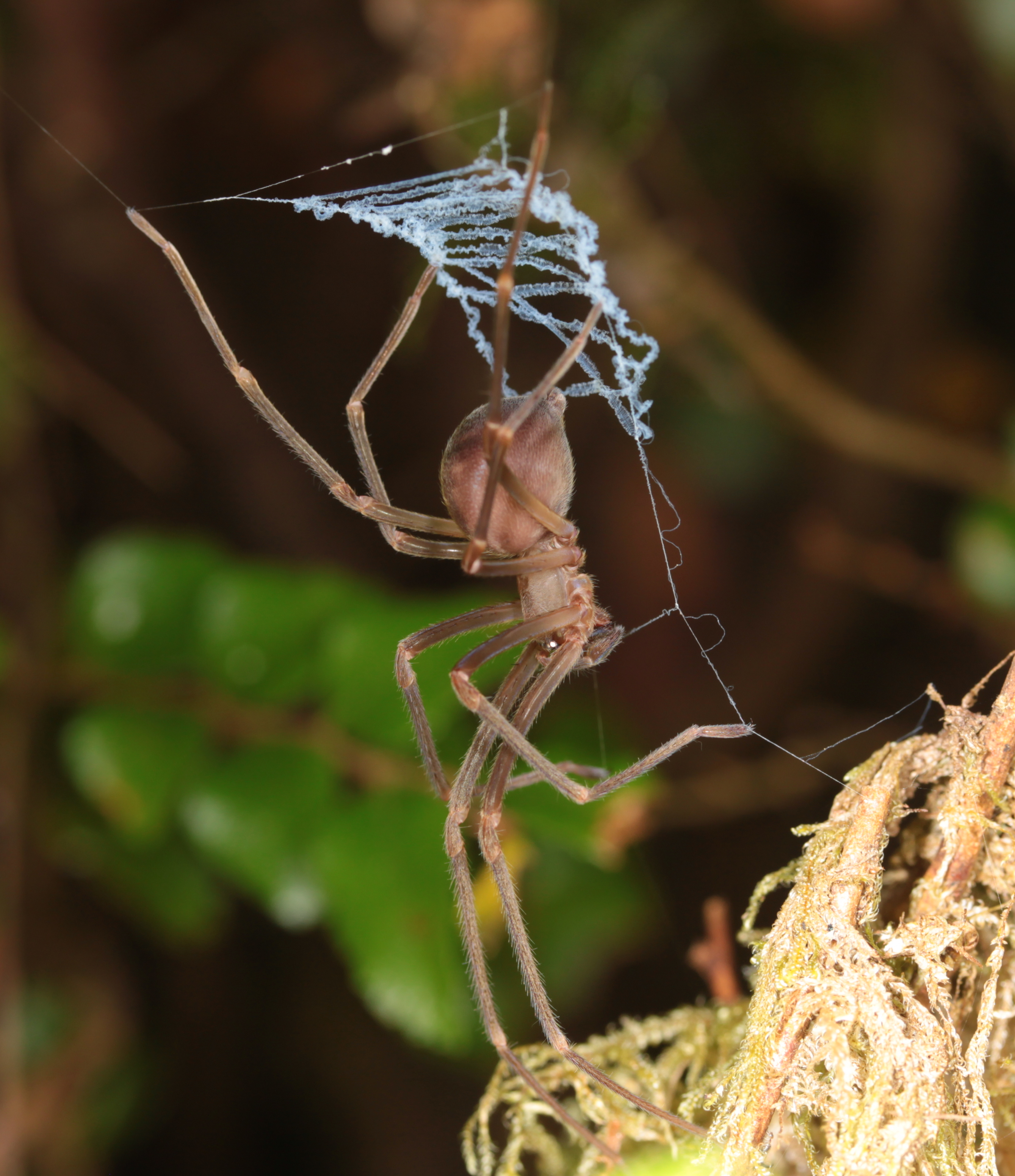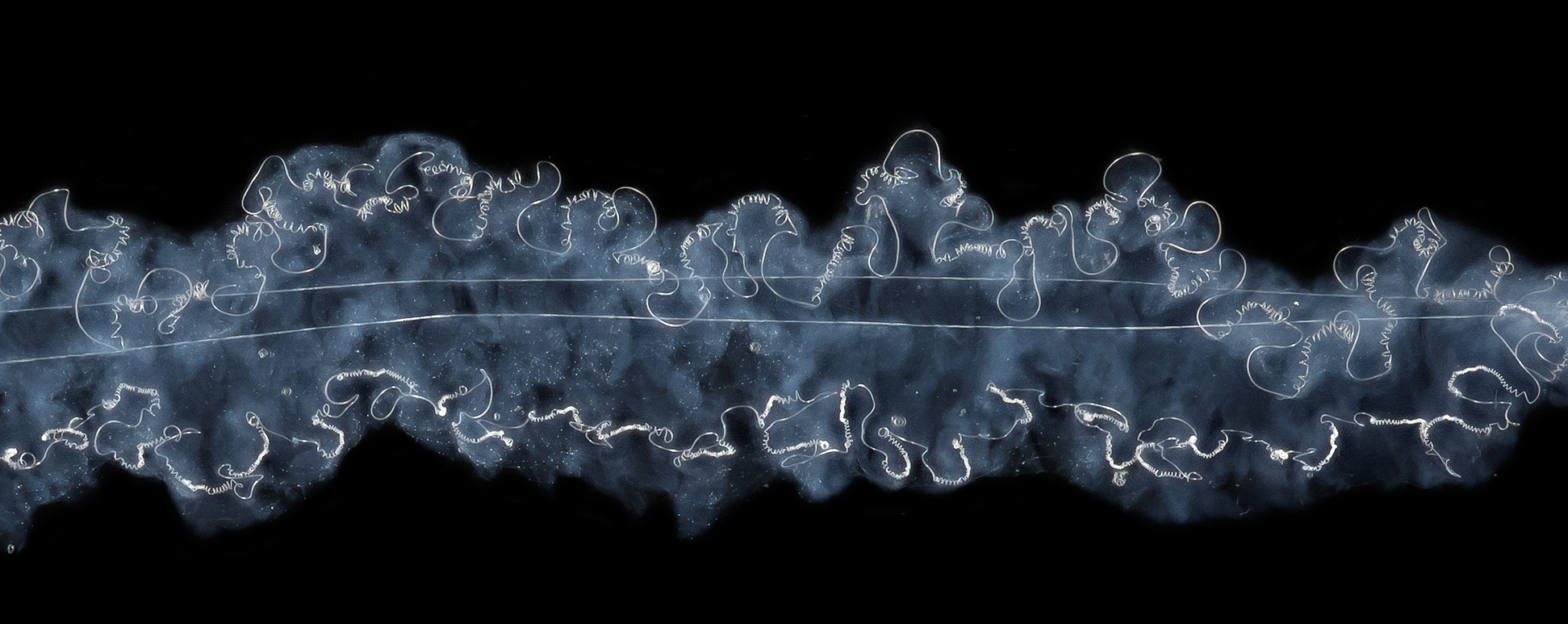Spider silk is an important biological material. Finding out more about its structure and composition could be a first step towards developing innovative materials that are based on a natural model. This is why a research team led by Peter Michalik, a zoologist from the University of Greifswald, has looked at the spider silk of the odd-clawed spider (Progradungula otwayensis). These spiders only live in Australia’s Great Otway National Park. The studies of this rare species of spider have shown for the first time that the complex cribellate silk, which naturally consists of various kinds of fibres, can be produced in different ways. Differences in how the spider moves its legs and spinnerets result in threads that are either stretchy and adhesive or stiff and strong, used in different parts of the webs. Such large differences in mechanical properties have previously only been attributed to differences in protein composition.
The study has now shown for the first time that cribellate spiders, such as the odd-clawed spider, can also produce cribellate silk without combing the thread with its leg bristles. The odd-clawed spider’s uncombed cribellate silk is considerably less sticky and can only be stretched to twice its length due to the different treatment it is given. In contrast, the spider’s combed silk is extremely extensible. It can be stretched to 14 times its original length and is therefore the stretchiest silk thread produced by a spider that has ever been discovered. What is particularly interesting is that the odd-clawed spider uses the two different kinds of silk it produces for various functions. The uncombed silk is not used for catching prey, but as supporting threads for the web. The catching ladder made of combed silk is then attached to these supporting threads. Nevertheless, the odd-clawed spiders’ uncombed threads are much more elastic than normal supporting threads found in spiders’ webs, implying an increased overall extensibility of the web.
Further Information
Michalik P., Piorkowski D., Blackledge T. A., Ramírez M. J. (2019): “Functional trade-offs in cribellate silk mediated by spinning behavior,” in: Scientific Reports 9(1): 2045-2322. DOI: 10.1038/s41598-019-45552-x
Contact at the University of Greifswald
PD Dr. Peter Michalik
Zoological Institute and Museum
Loitzer Straße 26, 17489 Greifswald
Tel.: +49 3834 420 4099
michalikuni-greifswaldde
www.zoologie.uni-greifswald.de


